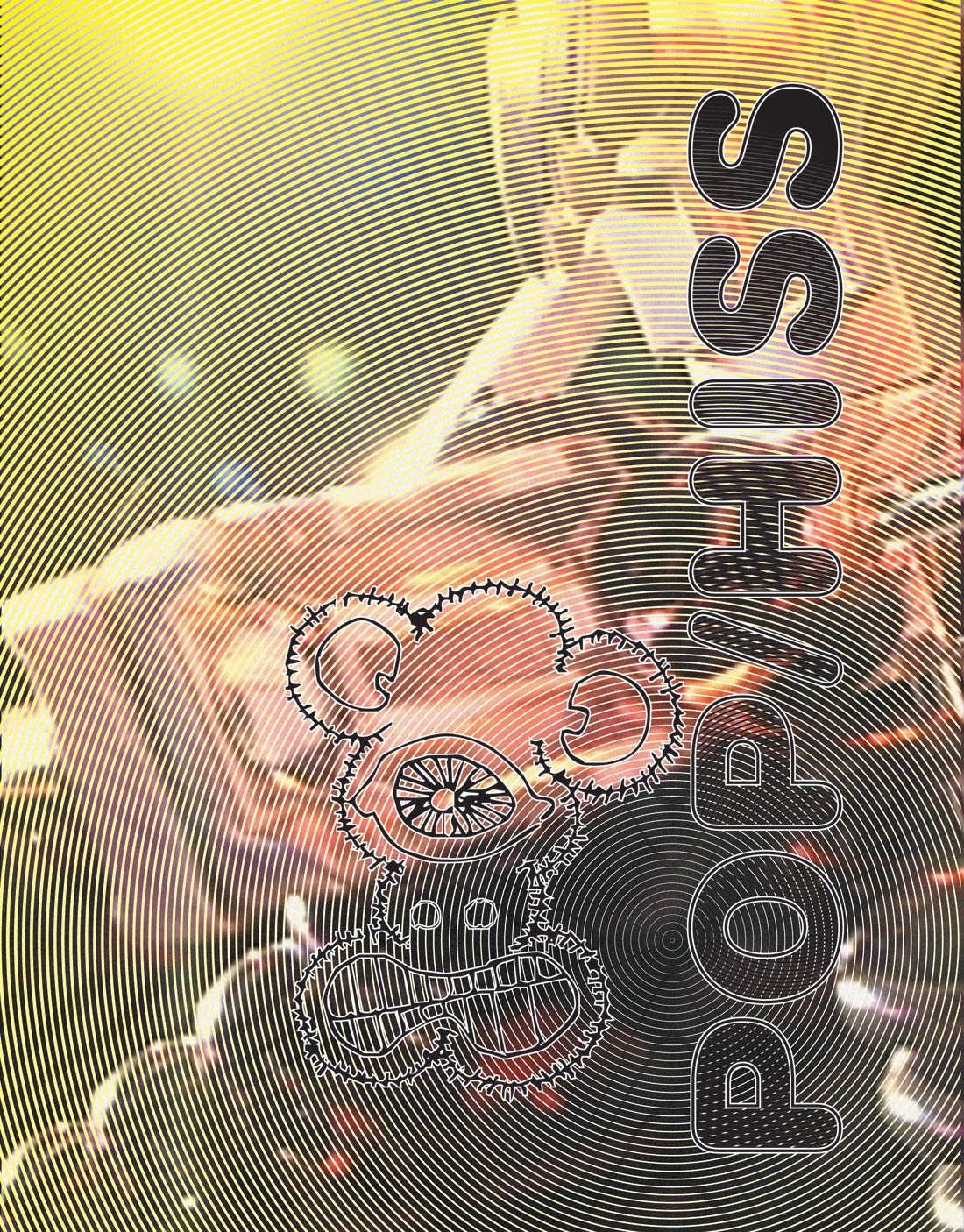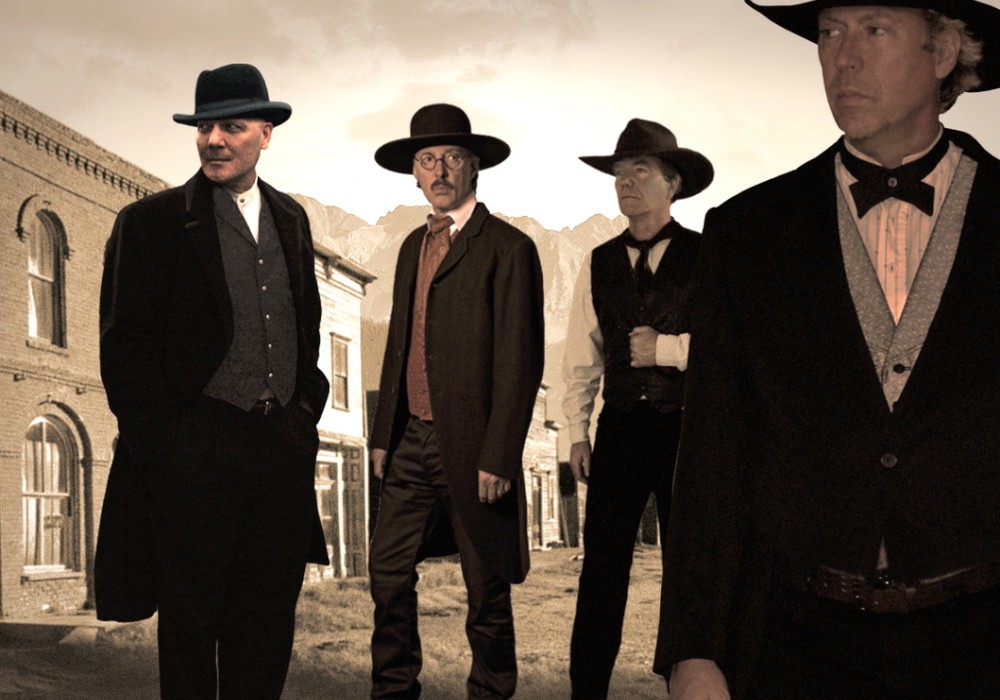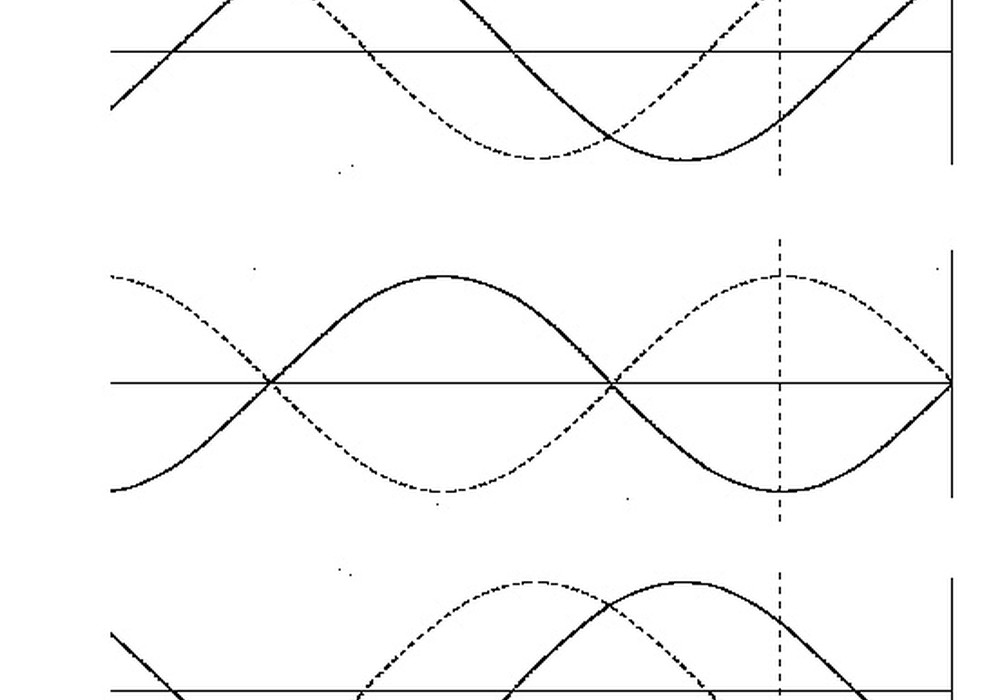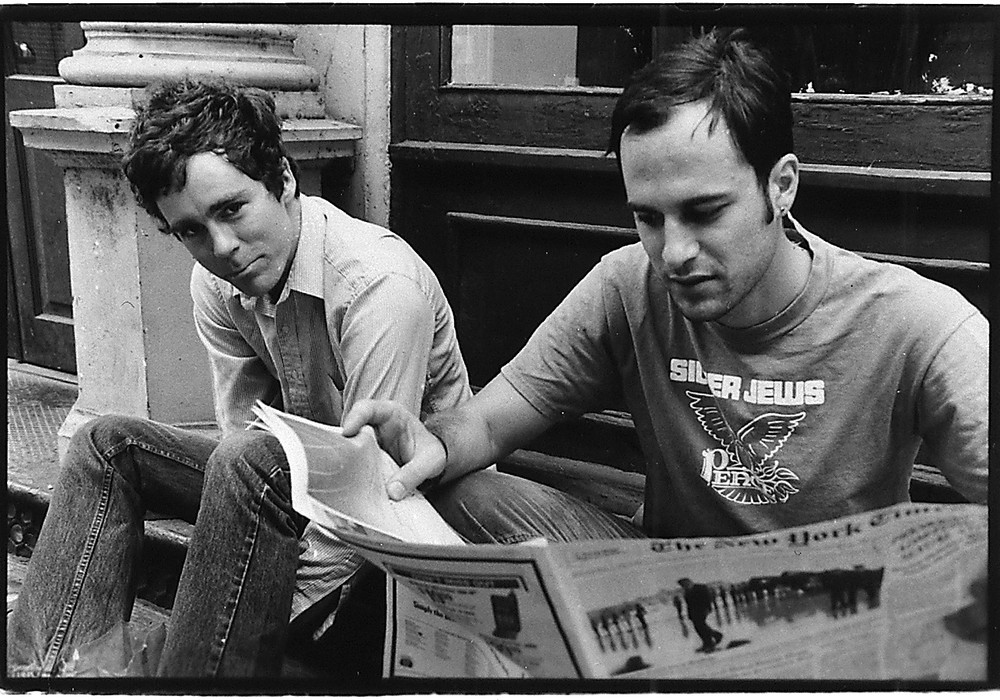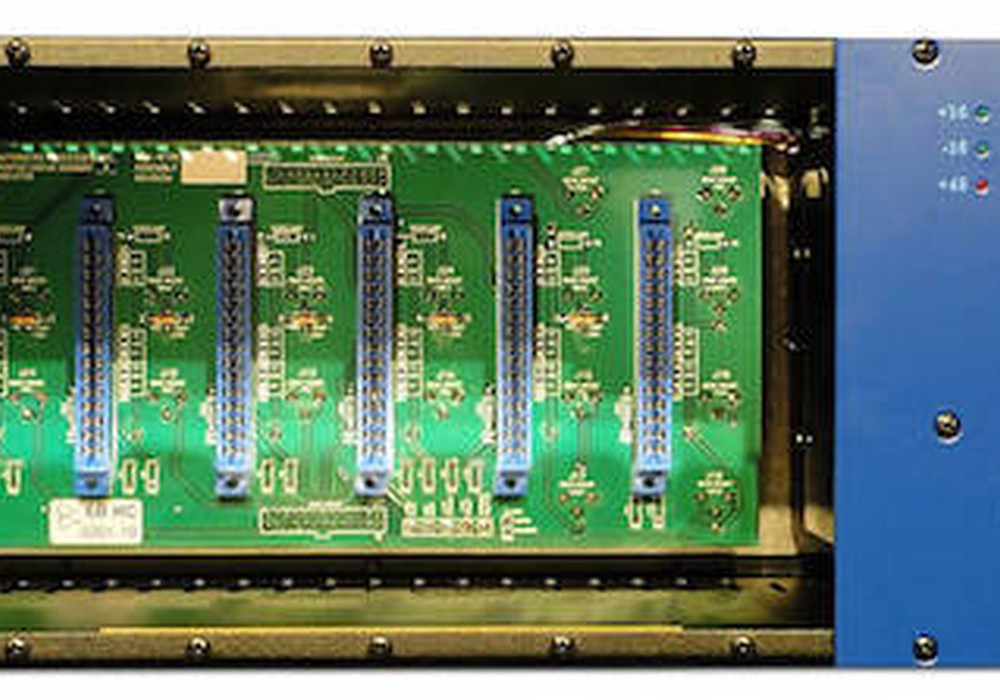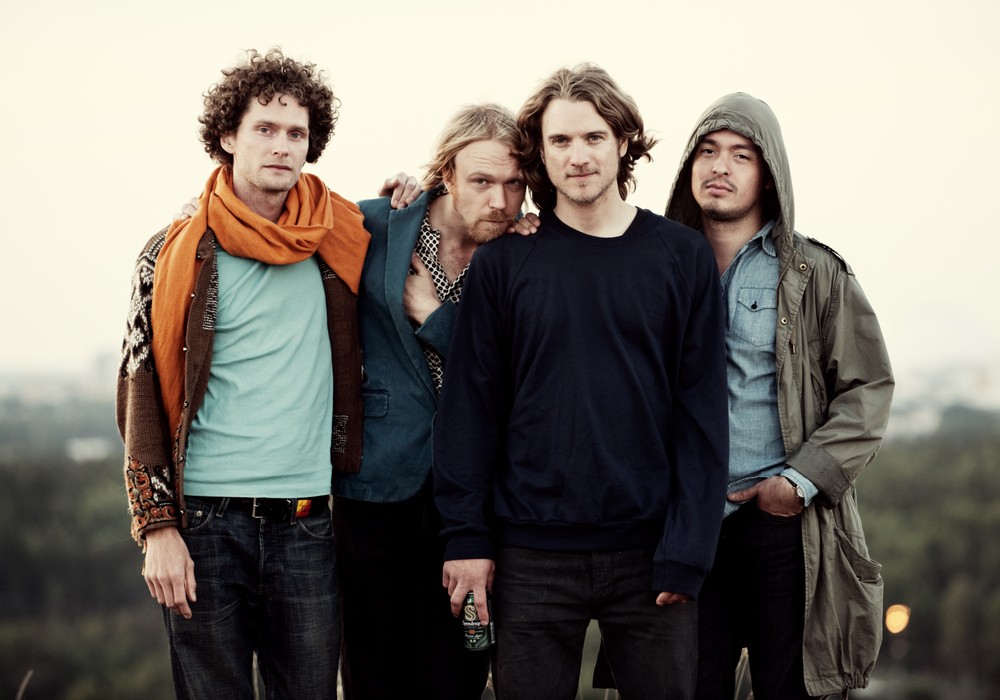I am a visual artist. I was trained as a printmaker and worked with etching, screenprinting and lithography. My introduction to sound came during the early 1980s at my college radio station, when I was in grad school. There, I did all manner of foolishness, as well as host a weekly jazz show. I got a chance to do interviews, edit tape, record, engineer and produce. I started to mess with radio theater and performance art as sound. When I finally left the station I had already developed an aesthetic and an approach.
Luckily for me, I became aware of grants and fellowships available for Audio Art, Radio Art, Performance Art and Sound. I applied for these funds on numerous occasions and they have partially subsidized my studio over the years. I have received NEA grants in Radio, as well as fellowships from the Pennsylvania Radio Theater, Pennsylvania Council on the Arts, Funding Exchange, Pew Fellowships in the Arts and others. Unfortunately, we are long past the heyday of Arts funding for individuals. After the culture wars of the 1990s, the NEA [National Endowment for the Arts] scrapped the direct funding of individual artists. Many other funders followed suit, leaving significantly fewer direct funding opportunities for artists. However, each year millions of dollars are allocated and distributed to institutions and individuals to support and encourage the presentation, creation and preservation of the Arts in the United States. Until the political winds change, somebody is going to get some of that money. Why not me? Why not you?
There are primarily three types of funding available to artists: They are fellowships, residencies and project grants. A fellowship is an award given directly to an individual artist in support of their career-long commitment to their particular art form, their innovations and contributions to their art form or their particular artistic achievements or accomplishments. Fellowships can range from a small sum of $500 to an amazing $100,000 or more. Currently, almost every state arts council in the US provides some sort of individual artist fellowships and many are available to a number of various arts disciplines.
Residencies are opportunities in which an artist is provided with space, lodging and time to develop a particular work or series of works. There are usually two types of residences. The first involves an artists' stay at a school, community center or other public space where they conduct workshops and master classes for participants and are also expected to spend significant time working on their own work. Usually the artist receives a stipend to compensate them for the time of their stay. Sometimes the artist receives no monetary award.
The other form of residency is more like a retreat and involves an artist being provided with space, supplies, accommodations and a specific time period to spend time at their work. These types of residencies are usually set in a more secluded or remote location, providing artists with little distraction and an opportunity to share important time with other like-minded or similarly- talented artists.
The third type of funding is the project grants. These are funds earmarked in support of a specific activity. Project grants differ from the others because rarely are these kinds of funds given directly to artists. These funds are usually much more significant and almost always are paid to a non-profit institution that serves as producer, presenter/exhibitor of the project's final stages. The artist can be considered a contractor or even a partner in this kind of project. It is very important in this kind of activity that the artist keep themselves aware of their role in the project, as well as choosing not to work with people or institutions that they don't trust.
As sound artists, we are in an unusual position that allows us more flexibility to express ourselves, as well as to apply for funding in more than one granting category, unlike many other artists. Some of us are composers, some are designers and still others are performers. With these and other varied skills, we can shape our activities in ways others can't. Our projects can be as diverse as a sound theater work for CD distribution or a 3D soundscape, sound sculpture designed for a museum or gallery space, a radio documentary based on personal or community histories, or a recording of experimental music. It could involve community participants or students or it could just be a solo venture. The possibilities are endless and we should exploit these possibilities.
For those interested in pursuing funding opportunities, I'd like to offer a few suggestions:
1. Envision the Engineer as Artist
This opportunity provides you with the chance to do some things that you wouldn't do under normal circumstances. It's all about trying some things that you couldn't or wouldn't do in a commercial context. So, think out of the box and work it to the fullest. Leave no opportunity untried.
2. Form Creative Partnerships.
Working with music and/or media we already know that our creative activities involve collective efforts. With that in mind, connect with others who can provide the skills, talents or ideas that you don't have. See yourself as a part of creative team who functions as its team leader.
3. Accept That You Must "Educate" Folks
Accept that you must "educate" the funders about your work. More often than not, funders don't really know what's going on in the trenches. See each opportunity as a vehicle for teaching these folks about what you do, instead of seeing them as the experts and yourself as the student.
4. This Ain't a One Night Stand
Don't enter this fundraising game unless you plan to apply more than once. Don't expect to be funded the first time out. Audio and sound artists are barely represented on funder panels. Your application will make the funder and the panels aware about yourself and others are out there doing important work that they should support.
Funding Resources:
Log onto www.tapeop.com for a list of just a few national funding resources. There are many, many others, including those in your local communities.
